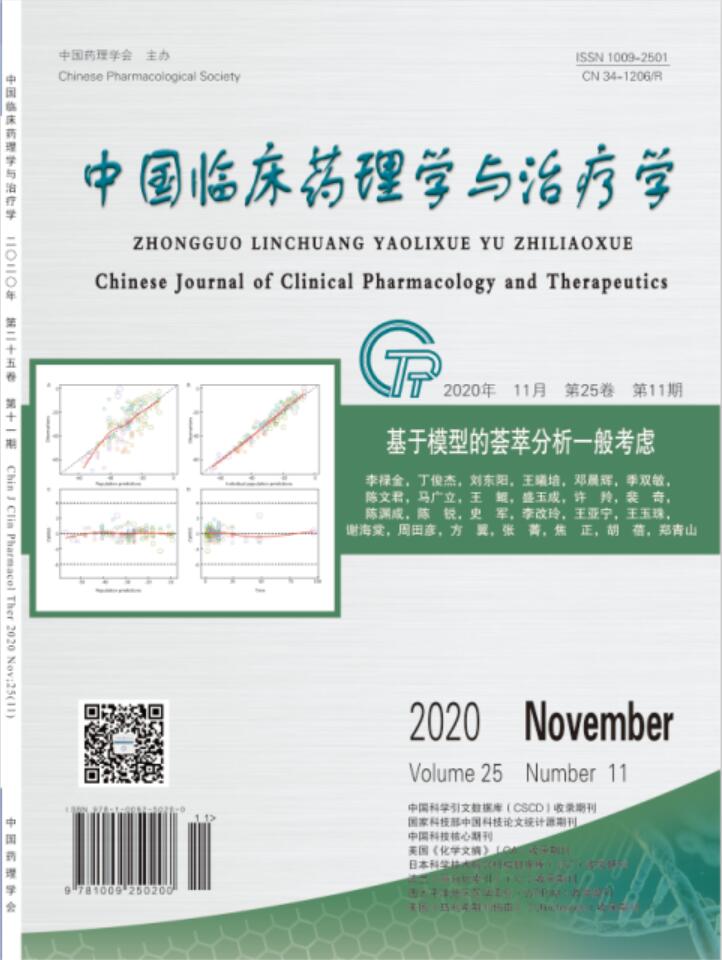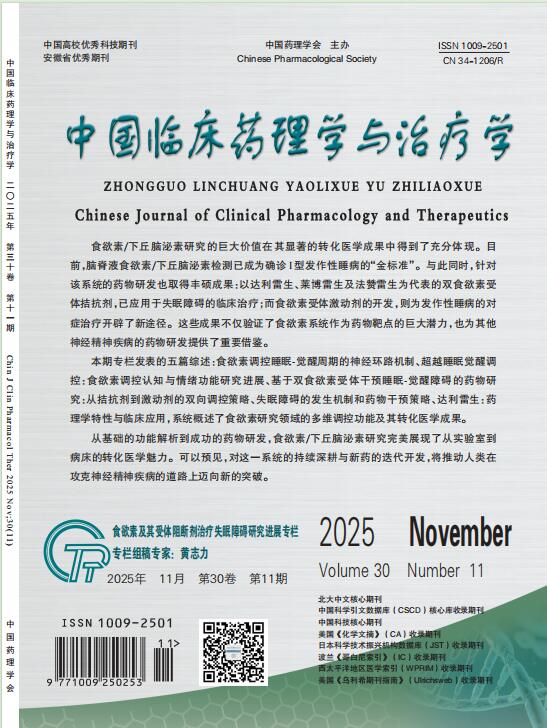Study on the mechanism of miR-29a/HMGB1 signaling pathway on H9C2 cardiomyocyte fibrosis induced by high glucose and high fat
LIN Xiaoxin, WANG Zhenhua
2020, 25(11):
1223-1232.
doi:10.12092/j.issn.1009-2501.2020.11.003
 Asbtract
(
451 )
Asbtract
(
451 )
 PDF (6713KB)
(
221
)
Related Articles |
Metrics
PDF (6713KB)
(
221
)
Related Articles |
Metrics
AIM: To investigate the role of miR-29a/HMGB1 signaling pathway in fibrosis H9C2 cells induced by HGHL. METHODS: DMEM medium containing glucose (33 mmol/L) and palmitate (500 μmol/L) was used to intervene in H9C2 cells for 24 h for subsequent experiments. There were 8 experimental groups, namely NC group, HGHL group, miR-NC group, mimics group, inhibitor group, pc-HMGB1 group, si-HMGB1 group, and miR-29a mimics+pc-HMGB1 group. Flow cytometry was used to detect the apoptosis rate of H9C2 cells in each group. The Western blot experiment detected the expression of TGF-β1, CTGF, MMP-9, PPARγ, and HMGB1 in H9C2 cells of each group. RT-qPCR detected the expression levels of miR-29a, TGF-β1, CTGF, MMP-9, PPARγ, HMGB1 mRNA in each group of cells. The scratch test was used to detect the migration ability of H9C2 cells in each group. RESULTS: After HGHL intervention, the apoptosis rate of H9C2 cells was significantly increased (P<0.05), and the cell migration ability was significantly enhanced (P<0.05). The expression level of TGF-β1, CTGF, and MMP-9 mRNA in cells increased significantly (P<0.05), but the expression level of PPARγ mRNA decreased significantly (P<0.05), and the expression of corresponding proteins also changed with the changes in mRNA (P<0.05). Besides, the expression level of miR-29a in H9C2 cells was also significantly reduced (P<0.05). After the transfection of miR-29a mimics, the increase in apoptosis rate of H9C2 cells caused by HGHL intervention was significantly inhibited (P<0.05), and the cell migration ability was also significantly inhibited (P<0.05). Compared with the HGHL group, TGF-β1, CTGF, and MMP-9 protein expression and mRNA expression levels in H9C2 cells were significantly lower (P<0.05), and PPARγ protein expression and mRNA expression levels were significantly increased (P<0.05). Transfection of miR-29a inhibitor promoted the fibrosis process of H9C2 cells induced by HGHL. miR-29a negatively regulated the expression of HMGB1 protein and its mRNA in H9C2 cells. The results of dual-luciferase reporter gene experiments showed that HMGB1 was a downstream target gene of miR-29a. Transfection of si-HMGB1 and miR-29a mimics had similar effects on H9C2 cell fibrosis induced by HGHL. Simultaneous transfection of miR-29a mimics and pc-HMGB1 had no significant effect on H9C2 cardiomyocyte fibrosis induced by HGHL. CONCLUSION: HGHL intervention can significantly increase the apoptosis rate of H9C2 cells, enhance their migration ability, and the process of fibrosis. At the same time, HGHL intervention can significantly down-regulate the expression level of miR-29a in cells, miR-29a negatively regulates the expression of HMGB1 in cells and then affects HGHL-induced H9C2 cell fibrosis.


